What is a rain garden? This bright idea might just be the best solution for a waterlogged yard
Wet weather can result in waterlogged yards, but this design idea uses excess water in a practical and clever way
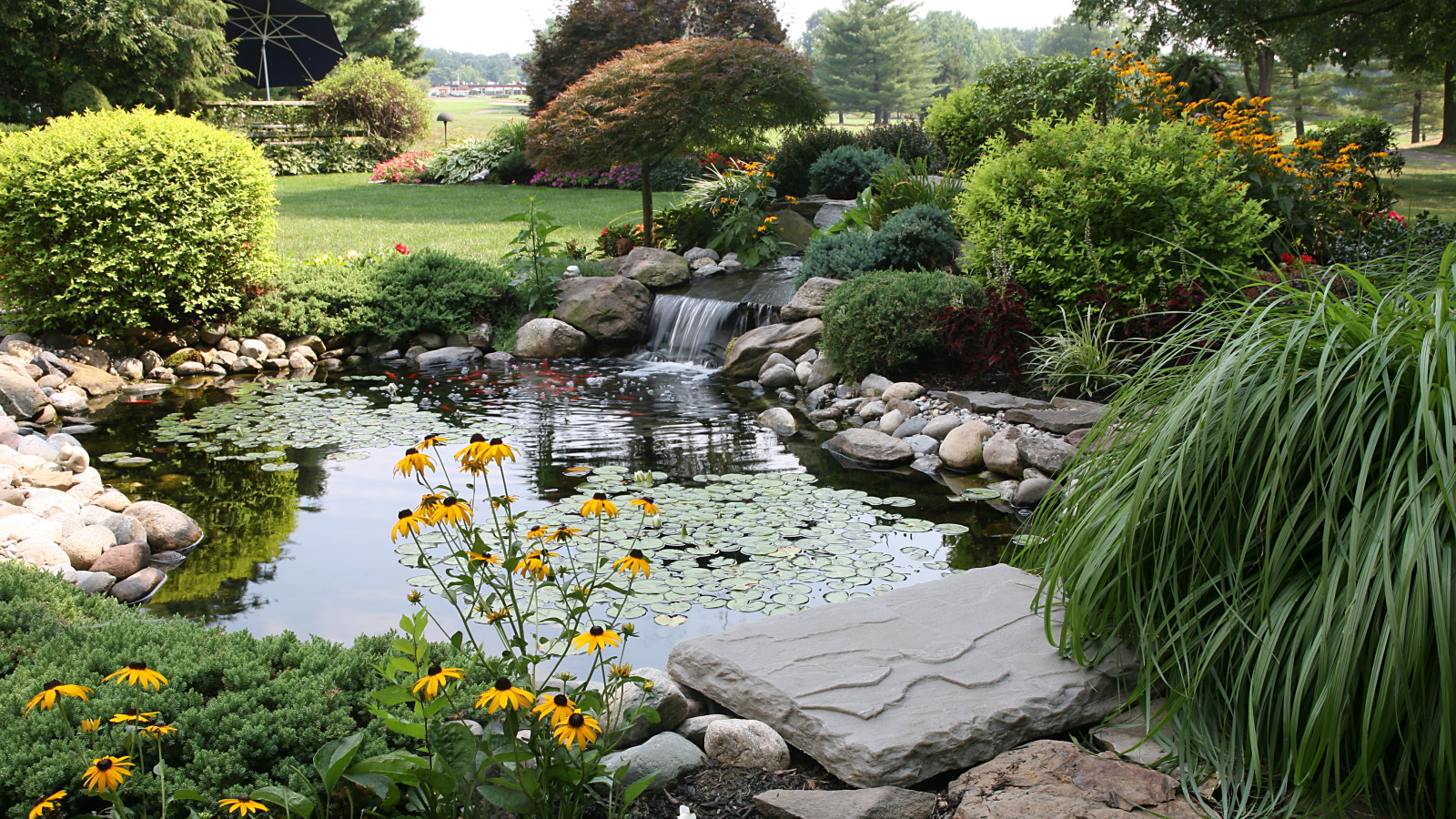

A rain garden is a clever landscaping idea designed to capture and absorb excess rainwater. This is particularly effective in areas of high rainfall, or in locations and backyards where drainage is an issue.
Put simply, a rain garden is much like a pond or bog garden, with a shallow, sloping ditch excavated in the yard, meaning that when there is heavy rainfall or storms, there is a natural course for the water to flow and fill.
Directing the water to this area prevents it from flowing elsewhere, and causing any water or flooding damage to other areas of the yard, such as a waterlogged lawn.
Whilst only temporary, until the rain water slowly drains away through the soil, incorporating a rain garden area to your backyard can add something unique to your outdoor space. Not only is it practical, but when planted with native vegetation, this habitat will support biodiversity, enhancing the ecological value of your backyard.
Think native grasses and flowers, humming with insect and pollinator activity. Your very own wildlife sanctuary in your backyard - and here is how to do it.
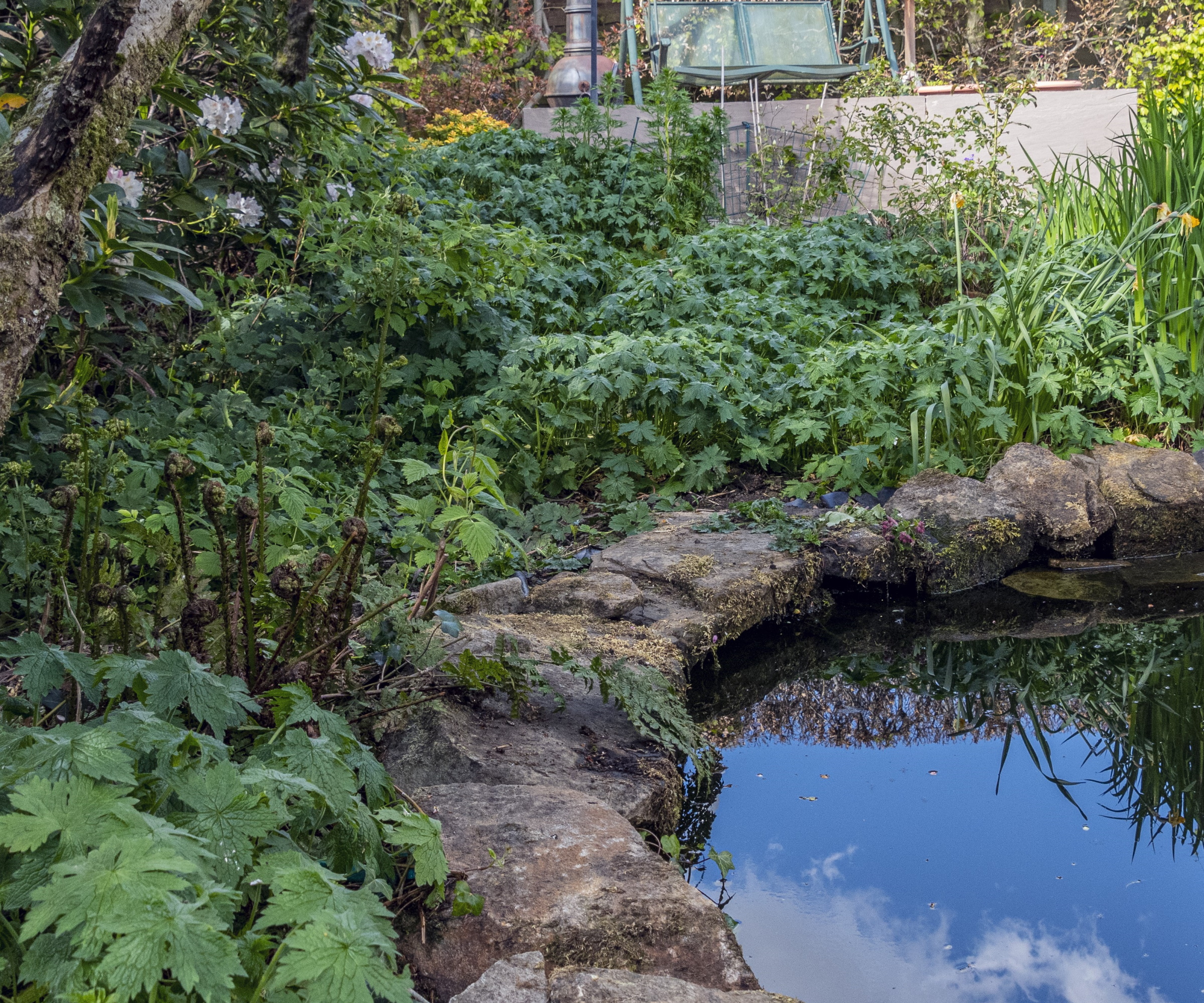
What is a rain garden?
A rain garden is designed to capture and absorb excess rainwater in areas of high rainfall or in locations where drainage is an issue. Not only is this a practical design idea, but it can have significant environmental benefits too.
Why is a rain garden a good idea?
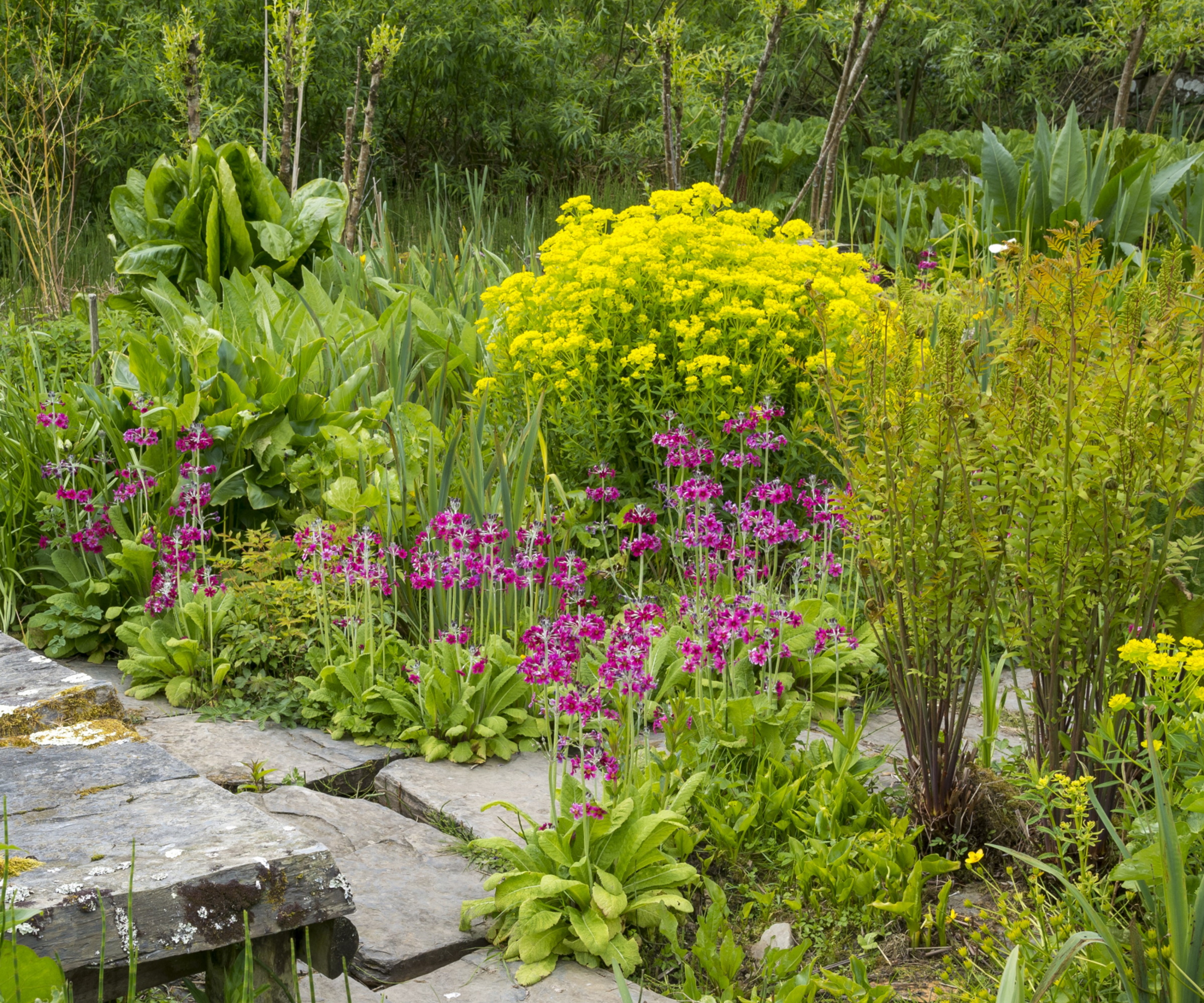
'Rain gardens are an ideal way to conserve water and maximize the benefits of rainfall,' says Fern Berg, tree expert and found of Tree Vitalize.
A rain garden is simply an area in your backyard that has been landscaped to collect rainwater and hold it for a limited amount of time, to enable the water to slowly drain away.
'By capturing and slowing storm water runoff, rain gardens may also help to reduce flooding in urban areas,' Fern says. This is particularly true in built-up areas with impervious surfaces, such as pavements, driveways and patios, easing the pressure on waterlogged backyards.
Directing the water to the rain garden, and allowing it to drain away slowly into the ground, will prevent rain and storm water from damaging your yard and home.
'Installing rain gardens in your backyard can be good not only for the health of our waterways but also for the natural world,' says Fern. 'As our green spaces become overdeveloped, rain gardens will become vital.'

Fern is a plant and tree expert, and the founder of Tree Vitalize. Fern has planted and currently cares for over 100 different native and exotic fruit, nut, and ornamental trees. She also cultivates an extensive vegetable garden, several flower gardens and cares for an ever-growing happy family of indoor plants.
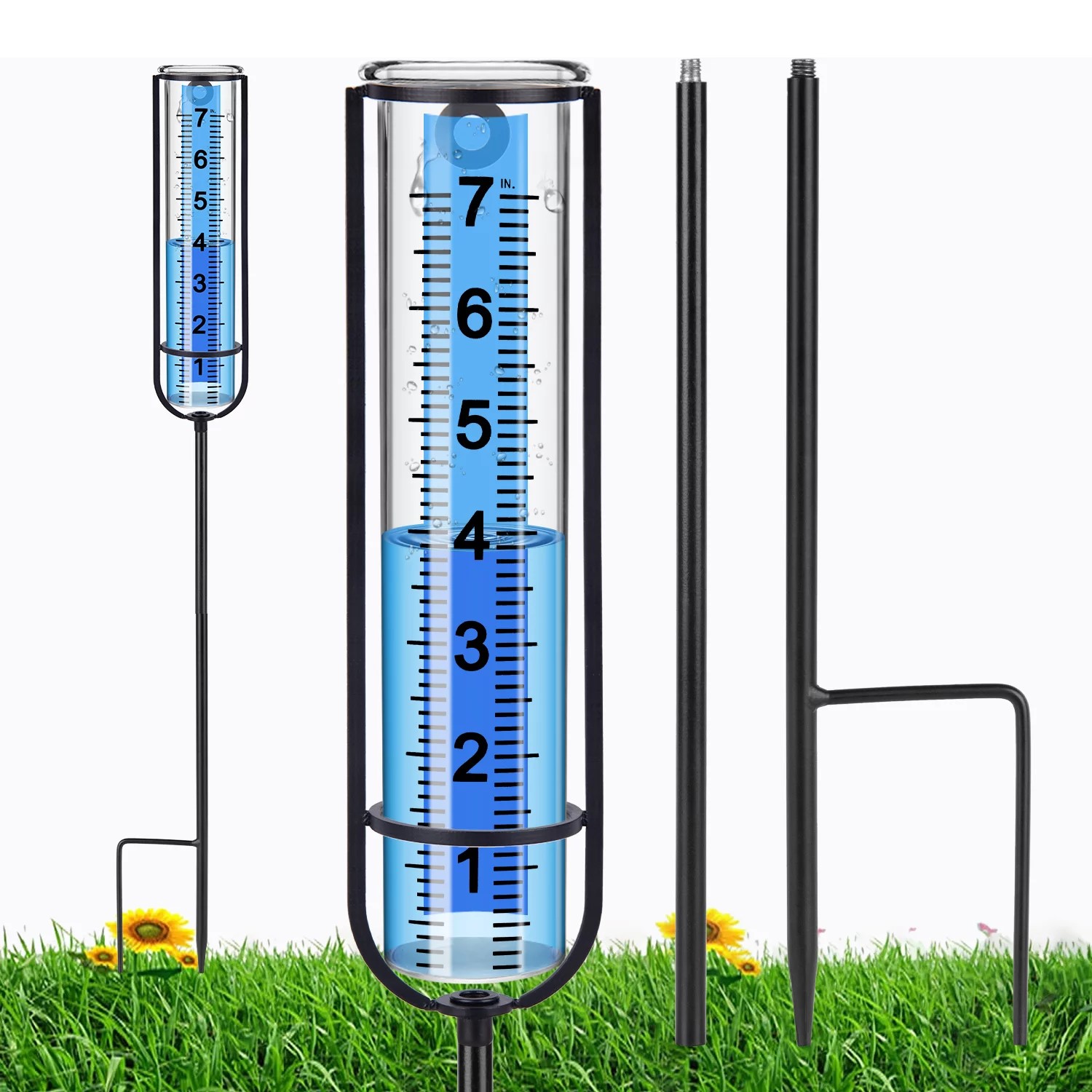
With this rain gauge, you will see how much rain has fallen, then decide whether to water your plants or not. Also it can prevent you from overwatering your plants, and flag when drainage might be a problem.
The benefits of having a rain garden
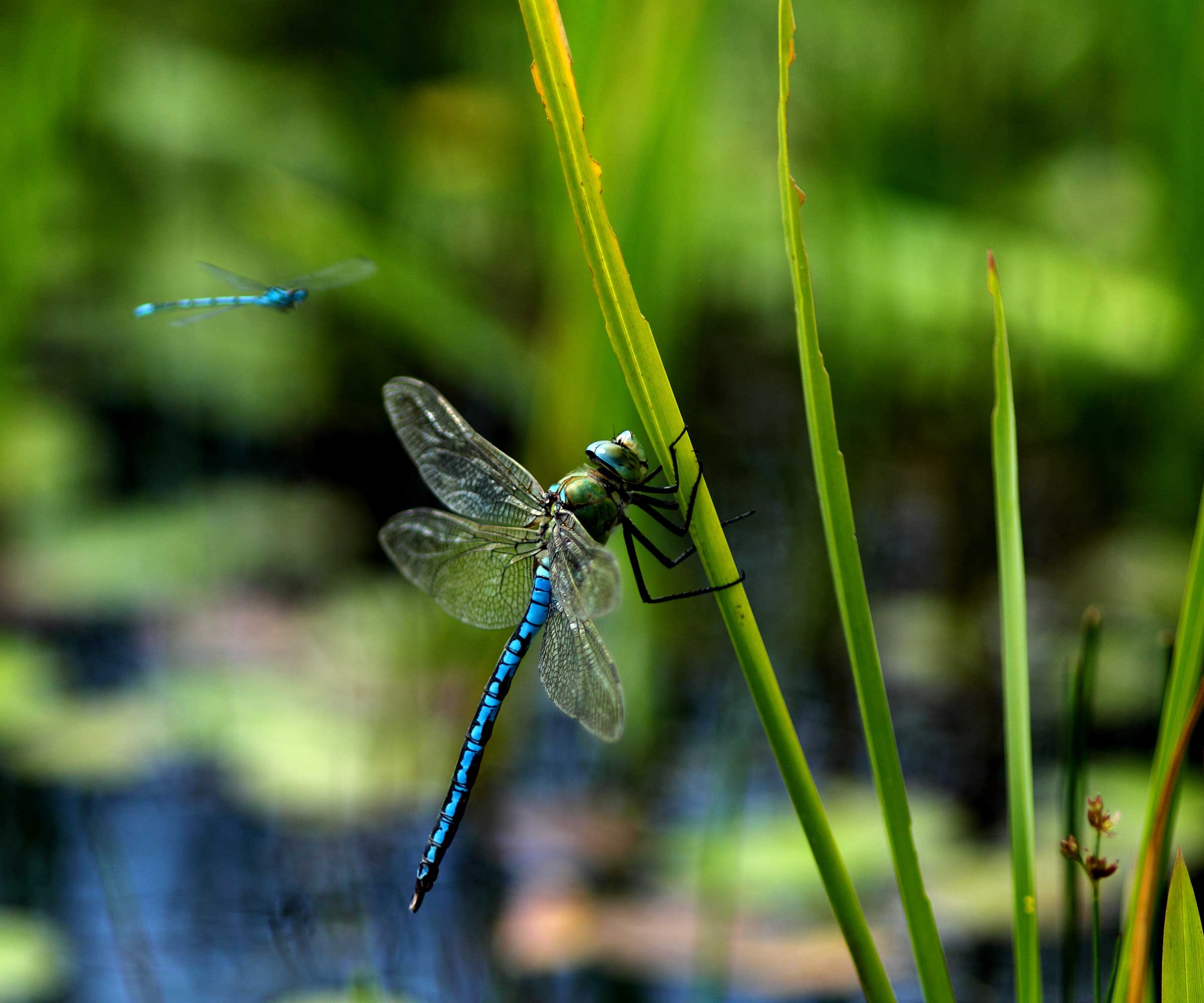
There are several benefits to installing a rain garden in your backyard. The principal advantage is to divert rain and storm water, limiting waterlogging in places where drainage is an issue.
In addition to this, there are numerous ecological benefits. For example, a 'well-planted rain garden can provide habitats for a diverse range of wildlife including beneficial insects and pollinators,' Fern says.
'Aside from reducing water runoff, they are vital for pollinators,' says Jen McDonald, garden expert and a co-founder of Garden Girls. 'They protect birds, butterflies and bees by providing habitat and food.'
This area of your garden could become a natural, wild section of your backyard. Whilst many of us enjoy gardening and tending to our plot, allocating a section of your yard where native plants, weeds and animals are slightly more free, and left to their own devices, is certainly a good thing, and incorporating a rain garden into your outdoor space is one way to achieve this.

Jen McDonald is a garden expert and co-founder of Garden Girls, LLC, based in Houston, TX. With 14 raised garden beds and 400 square feet of garden space, Jen grows cut flowers to peanuts, amaranth to okra, and everything in between.
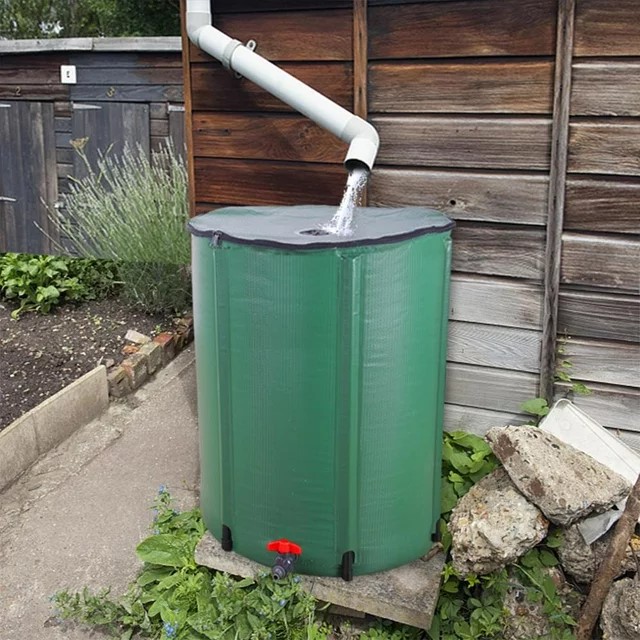
This water barrel is a sustainable solution to reuse the rainwater in your garden watering whilst at the same time save on your water bill.
Planting ideas for a rain garden
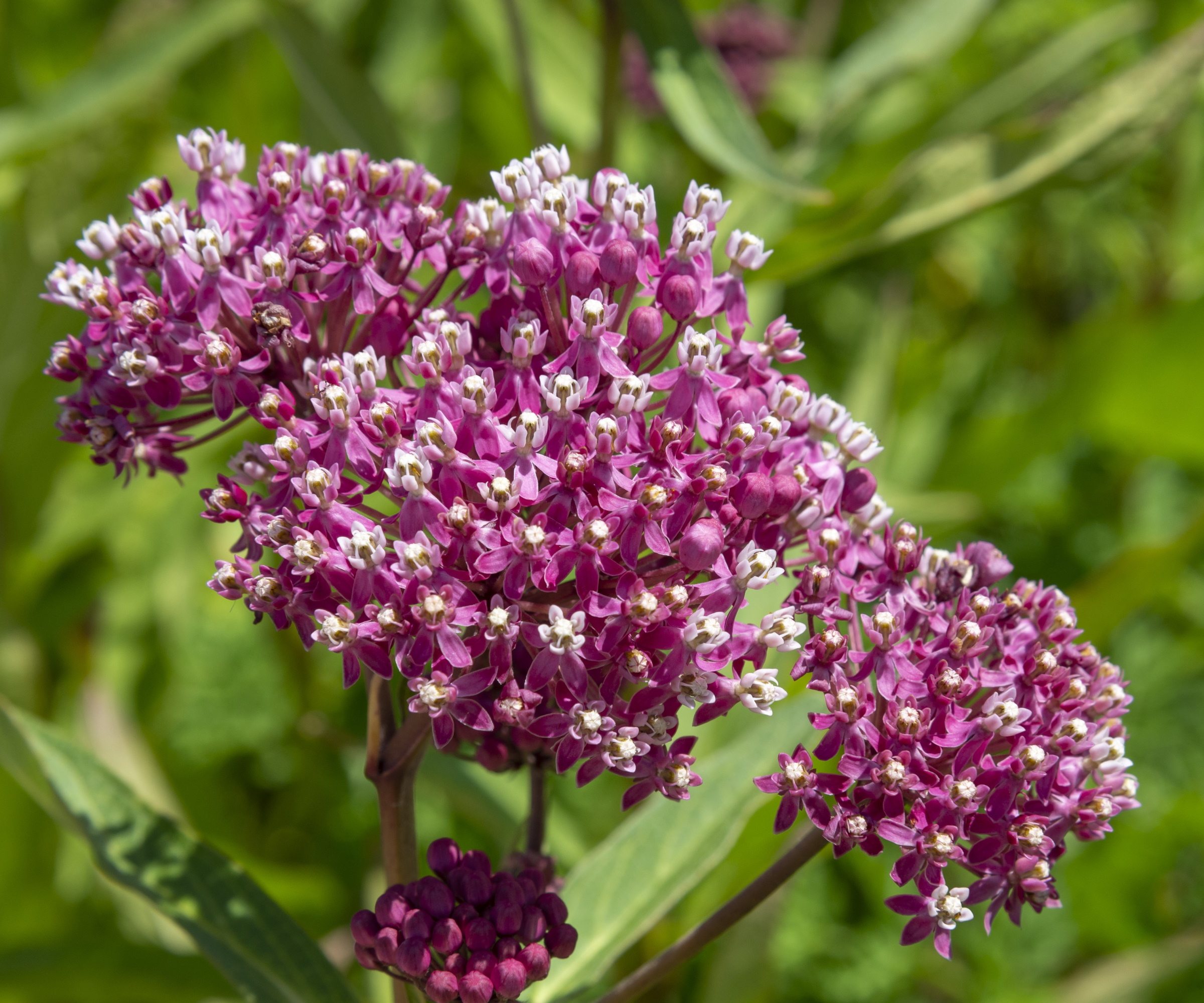
'The best plants to choose for rain gardens are those native to your growing zone,' says Jen. 'Native plants are able to withstand temperature swings and very wet to very dry conditions. They’re also hardier and require little care,' Jen continues.
Whilst this will vary greatly depending on your location, speaking to local garden stores and local plant growers will help you to identify what species will suit your rain garden.
Fern recommends finding 'perennial native grasses and blooms,' many of which are hardy and tolerant of drought and wet weather. 'Swamp Milkweed, Asclepias incarnata, is one of my favorites,' Fern says, seen above in the image here. 'With pretty pink flowers, it is an important food source for the monarch caterpillar.'
'Swamp Milkweed will attract butterflies and hummingbirds to your garden, is deer resistant and will thrive in wet conditions but can also tolerate dryer conditions once established,' Fern says. Planting clumps of swamp milkweed along the side of your new rain garden is a great option for those looking for impactful flowers and a haven for wildlife.
This is just one example of how using the right plant for the right place is preferable. Planting native species that will thrive in your environment will certainly be beneficial to your home, yard and for birds and animals too.
FAQs
Can I install a rain garden myself?
If you are wondering how to create a rain garden yourself, all you need is a spade, fork and some elbow grease to dig a shallow basin. However, in most cases, it is recommended to seek out help and assistance from a landscaper who will be able to advise on the most suitable location to excavate in your backyard. Depending on the scale of your proposed rain garden, this may be a very quick process or could take a significant amount of digging and removal of earth.
Working with, not against, your garden and backyard is important, and installing a rain garden can help ease drainage issues and introduce a new area to your plot, full of native planting.
If drainage and waterlogging are an issue, consider also installing a French drain, to redirect water to a more permeable area and prevent flooding.
Sign up to the Homes & Gardens newsletter
Design expertise in your inbox – from inspiring decorating ideas and beautiful celebrity homes to practical gardening advice and shopping round-ups.

Thomas is a Content Editor within the Gardens Team at Homes and Gardens. He has worked as a professional gardener for both public spaces and private estates, specializing in productive gardening, growing food and flowers. Trained in Horticulture at the Garden Museum, he has written on gardening and garden history for various publications, including The English Garden, Gardens Illustrated, Hortus, The London Gardener and Bloom. He has co-authored a Lonely Planet travel book, The Tree Atlas, due out in 2024.
-
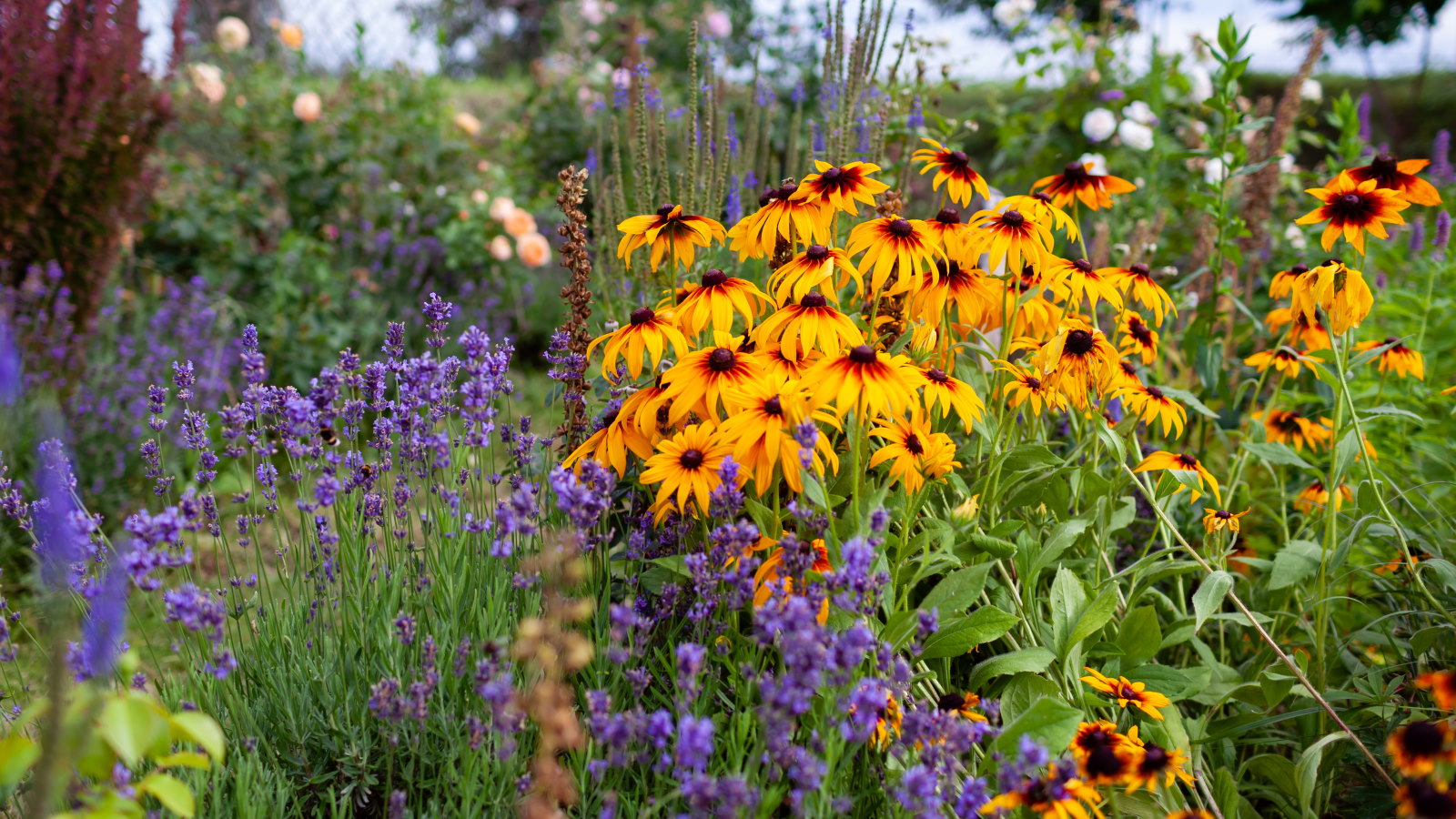 Garden experts warn against overcrowding flower beds – why this on-trend look is the worst thing you can do
Garden experts warn against overcrowding flower beds – why this on-trend look is the worst thing you can doIt's tempting to create an abundant, overflowing garden bed, but it can limit your plants in more ways than one
By Tenielle Jordison Published
-
 Grace Kelly's former living room set the blueprint for quiet luxury – you can explore her NYC penthouse (listed for $3.25 million)
Grace Kelly's former living room set the blueprint for quiet luxury – you can explore her NYC penthouse (listed for $3.25 million)A unit in the storied Manhattan House, where Grace Kelly, Benny Goodman, and Shirley Jackson have lived, has hit the market – it's a masterclass in neutrals
By Hannah Ziegler Published